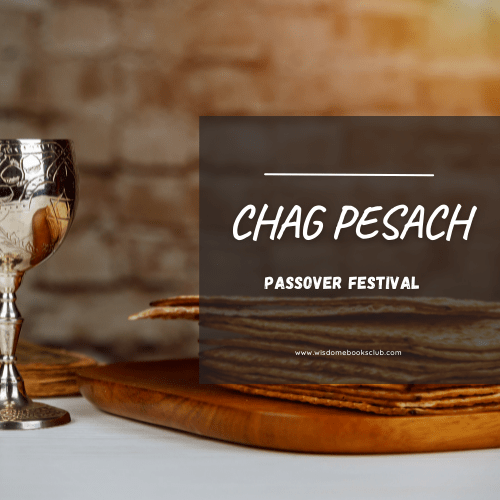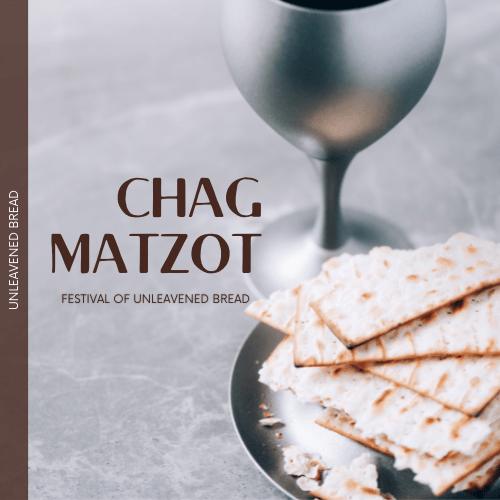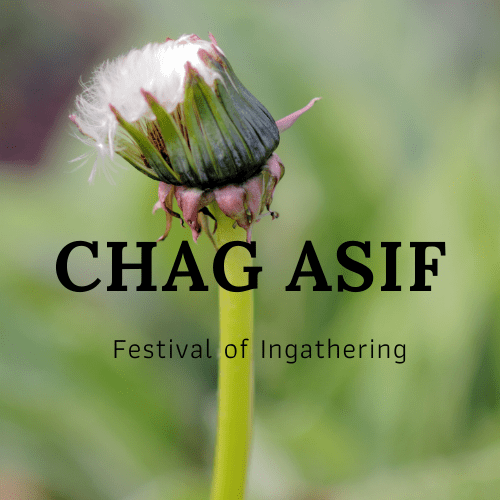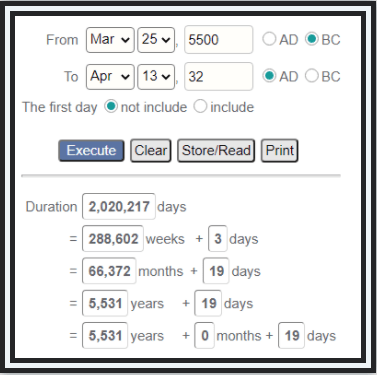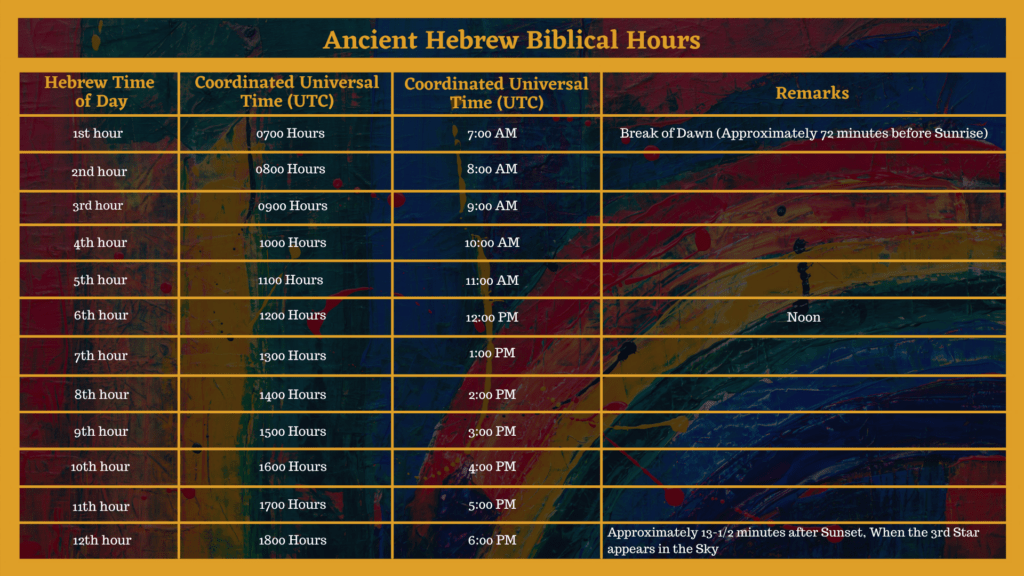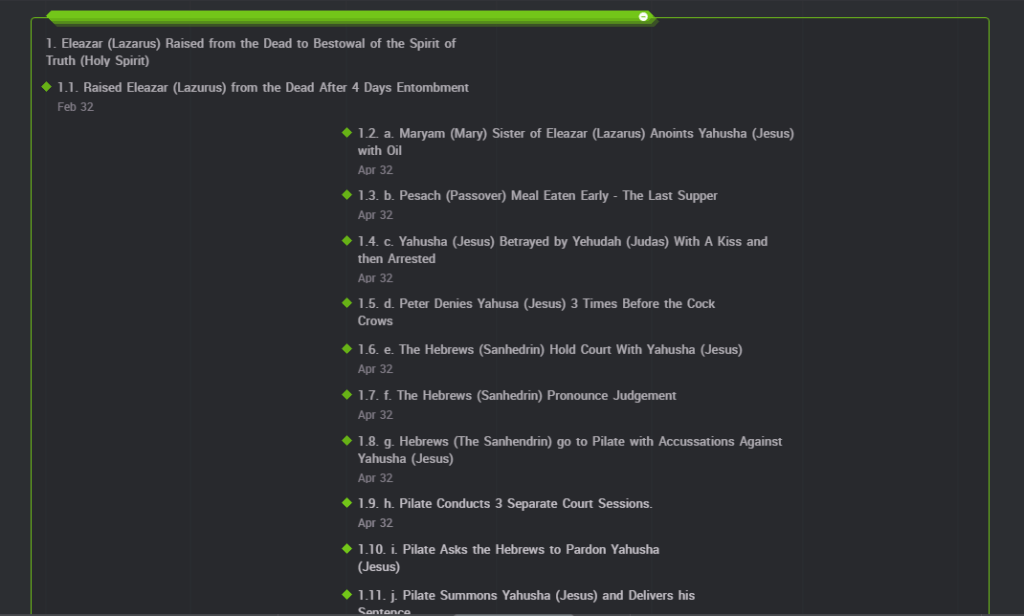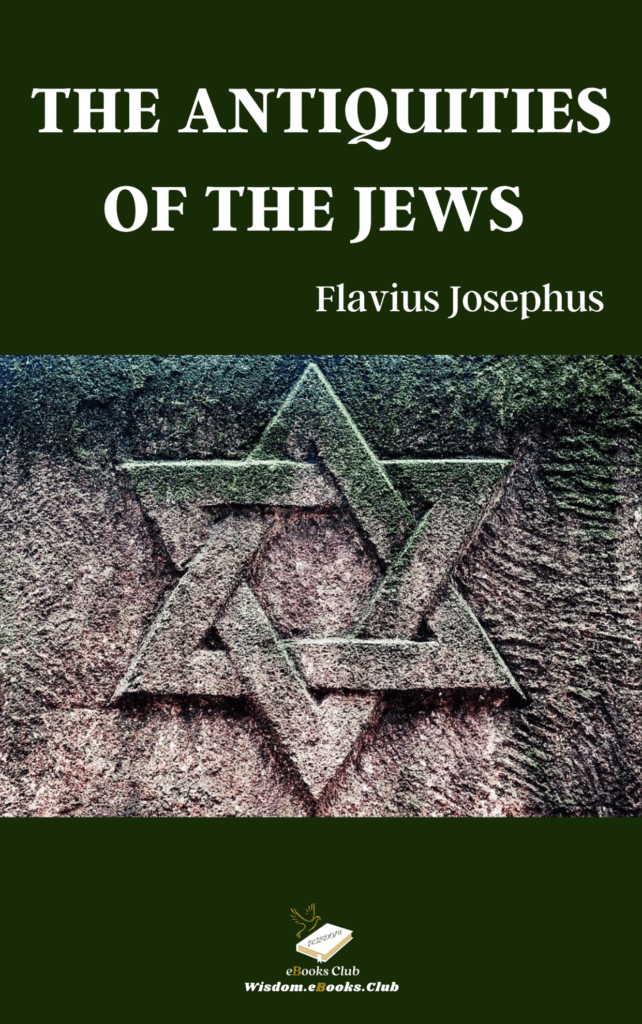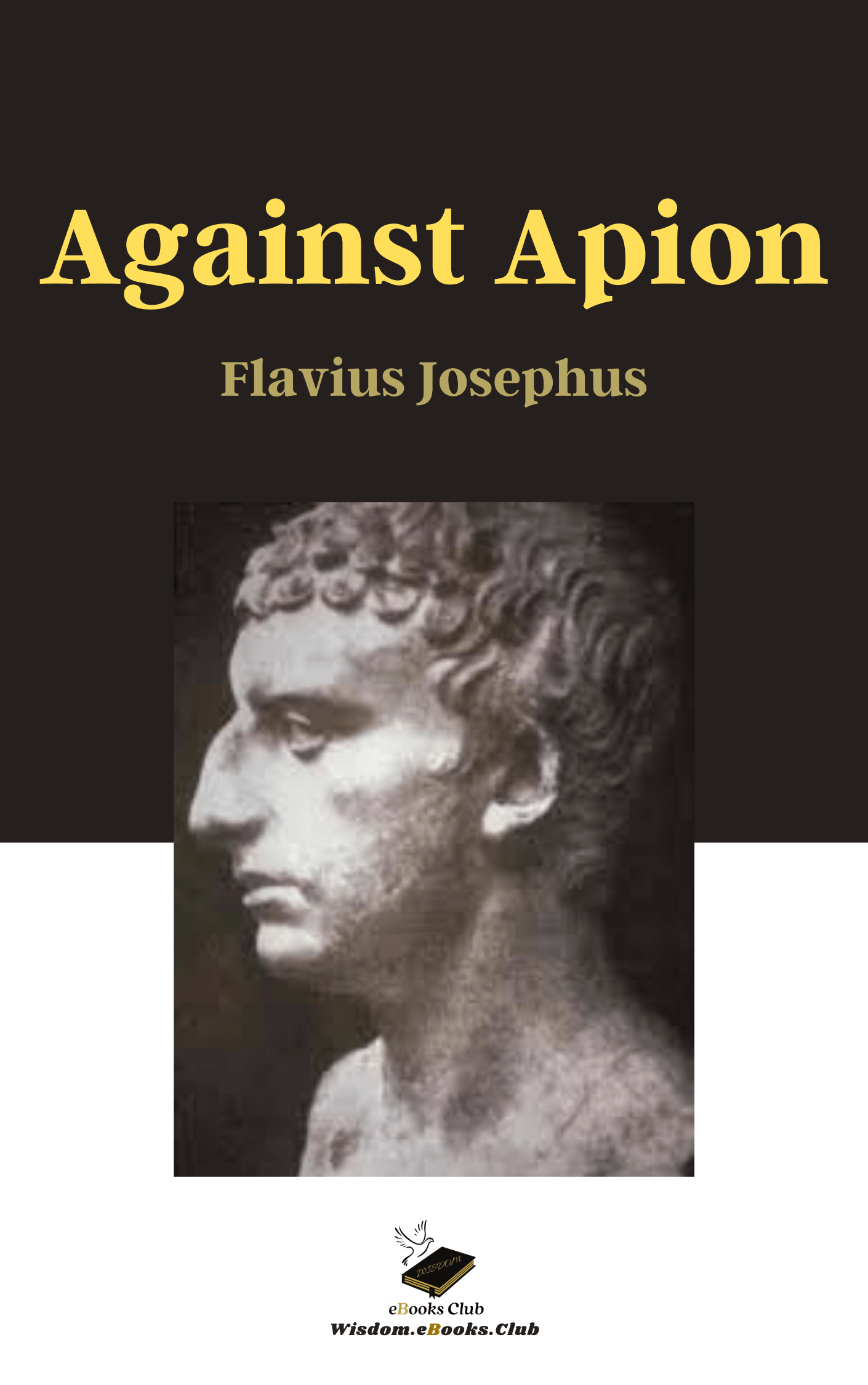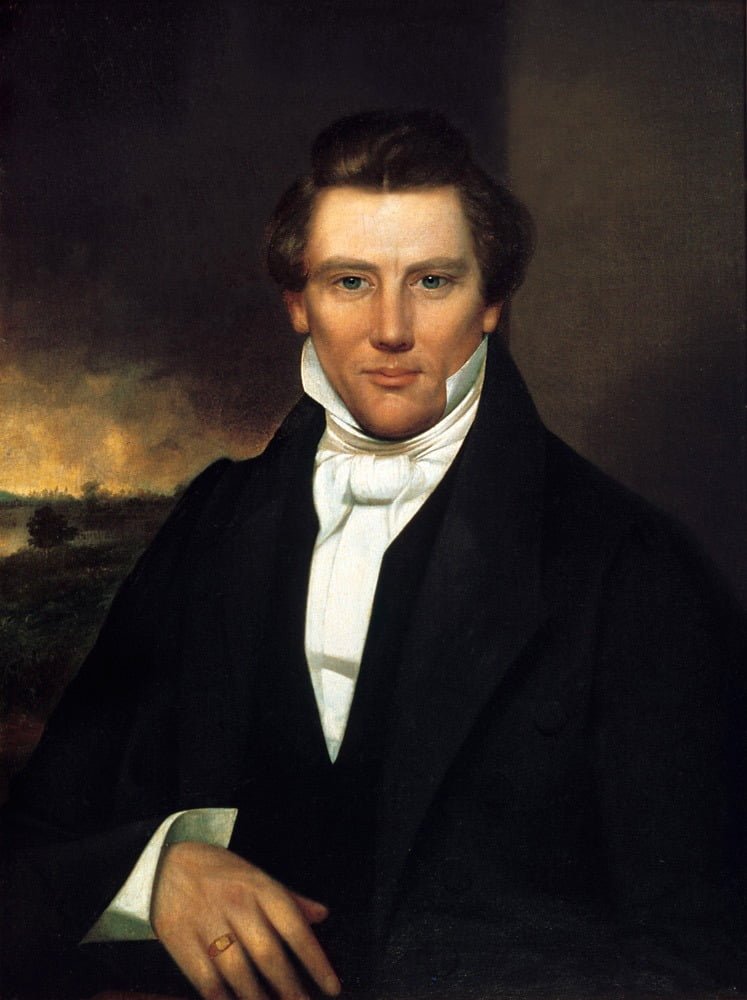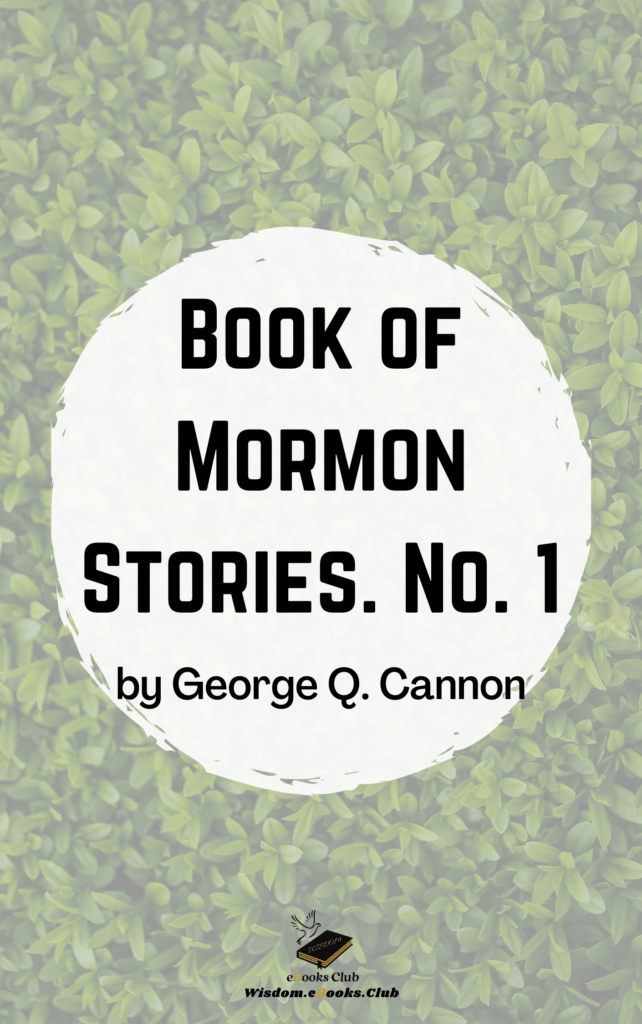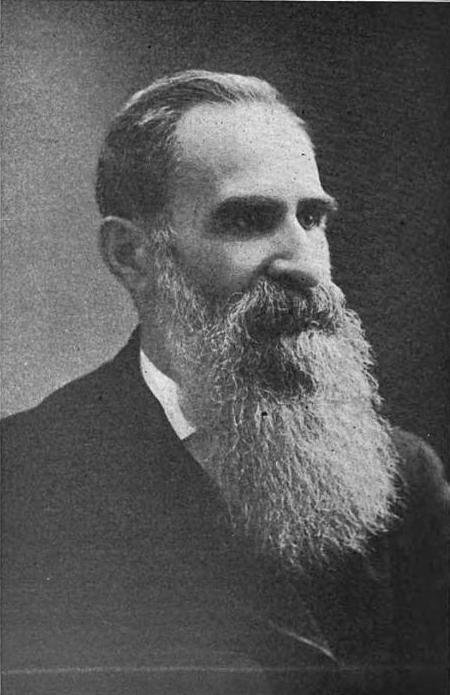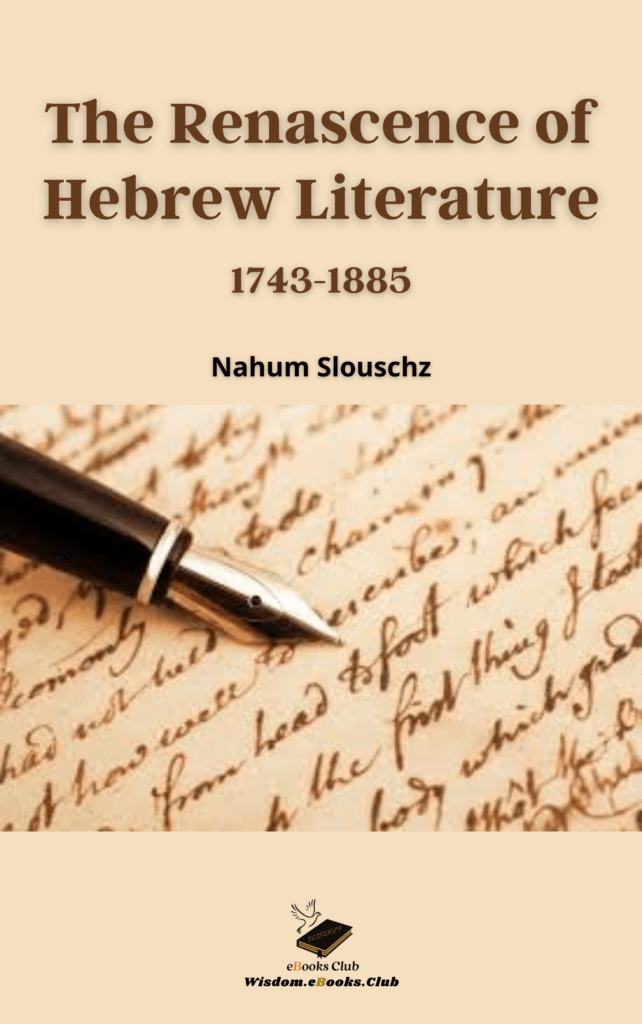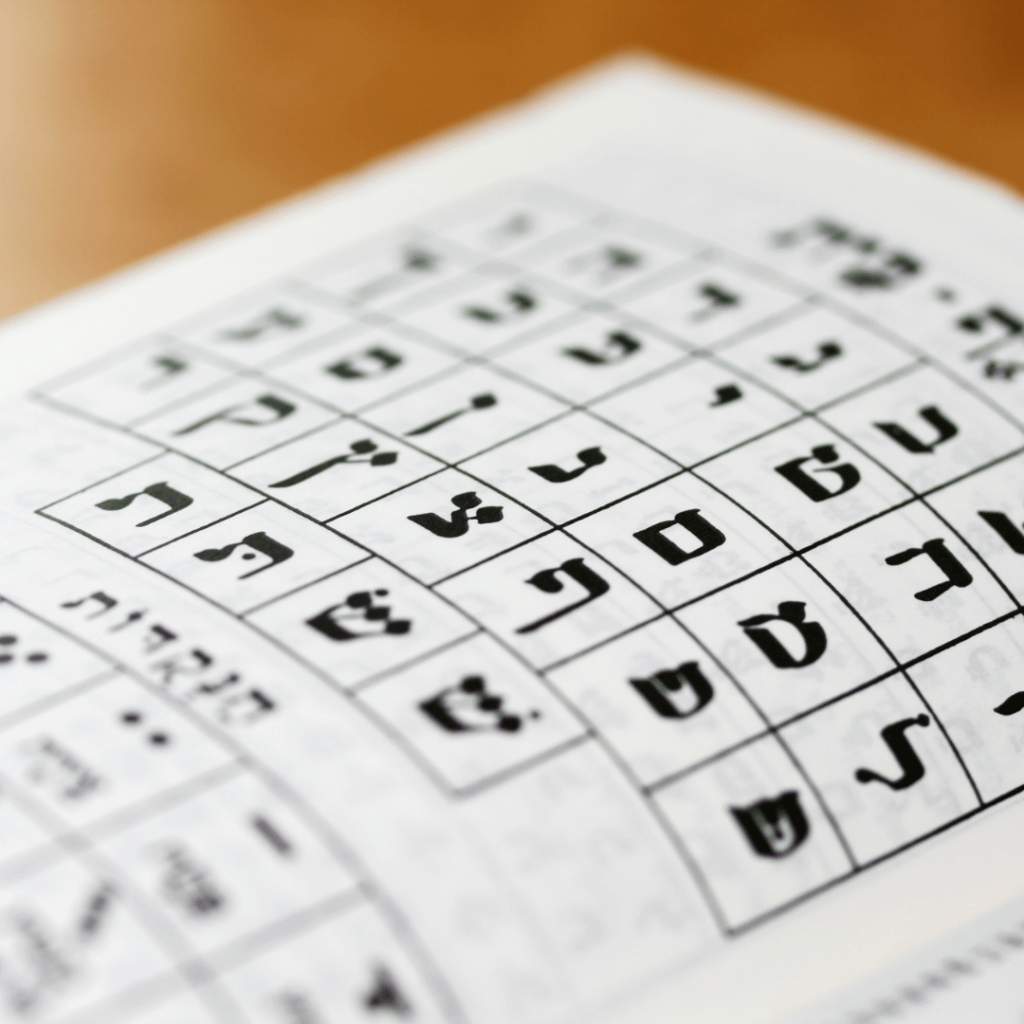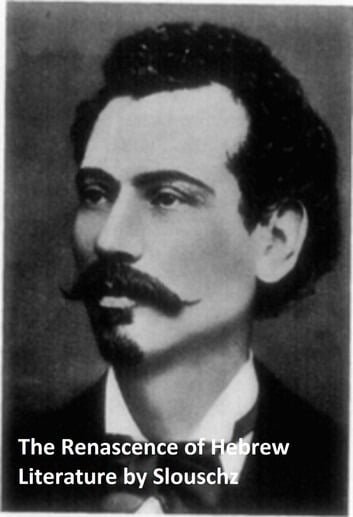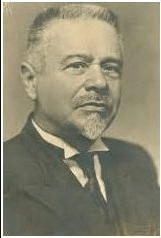Chag Pesach
Chag Pesach
Passover Festival

The Pesach is a festival to memorialize the night of the Hebrew people’s emancipation from slavery in Mitsrayim (Egypt). It’s the night they left the land of Mitsrayim on their Exodus to the Promised Land, the night that Yahweh unleased His 10th, and final plague.
The Pesach festival re-counts the biblical narrative of when Yahweh “passed over” the homes of Hebrew families who put blood on the doorposts and lintel so that their first-born children would be spared during a plague that killed all the other first-born babies in Egypt.
The Hebrew word Pesach as a verb, meaning to jump, skip, or pass over. As a noun, referring primarily to the animal-victim that was slaughtered, but secondarily to the period connected with the slaughter of the victim.
The “Pesach Festival” involves the skipping, or passing over, an imperfect goat or sheep to select one without blemish. It also relates to the time-period associated with the Pesach from the time it’s slaughtered to the time that the meal has been prepared and eaten.
The Scriptures provide all the “pesach” (sheep or goat) selection parameters. It reveals what type of animal that we must select, when we must select it, and how we must select it.
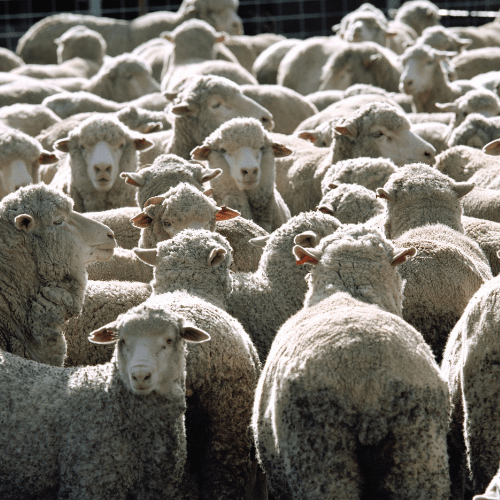
They provide a comprehensive explanation of the pesach meal preparation process, including the time-frame for cooking it, how to dress when eating it, who may eat it, and even what to do with the leftovers.
Likewise, the Scriptures dictate the selection parameters for the “Pesach Festivities” of the Chosen people. Just as an imperfect animal is passed over to select the perfect animal, so too were homes with the blood on its door posts and lintels selected to be passed over by the angel of death.
As with the pesach victim, there is an appointed time when the particular steps in the Pesach Festival must take place. For instance, the plague would be unleashed (midnight). The children of Yisrael had to remain inside their dwellings from the start of the Pesach, at sunset on the 14th, until sunrise the next morning, on the 15th. And at sunrise, they had to grab their unleavened bread and leave Mitsrayim with utmost haste.
Yahweh’s ordinance given to Mosheh in the Book of Exodus directing the freed Hebrew slaves to remember and celebrate the Festival of Pesach for all their generations to come was given with the utmost forethought. It wasn’t a decree made by happenstance.
That the Messiah’s death occurred on the eve of the Festival of Pesach at the time decreed to slaughter the pesach animal of the Pesach meal, is no mere coincidence. Like other scripturally ordained Festivals, he planned the Pesach from Creation to foreshadow and commemorate significant scriptural events.
Thus, Pesach is both a celebration of the congregation of Yisrael’s emancipation from slavery and a commemoration of the killing of the ultimate Pesach, his only begotten son.
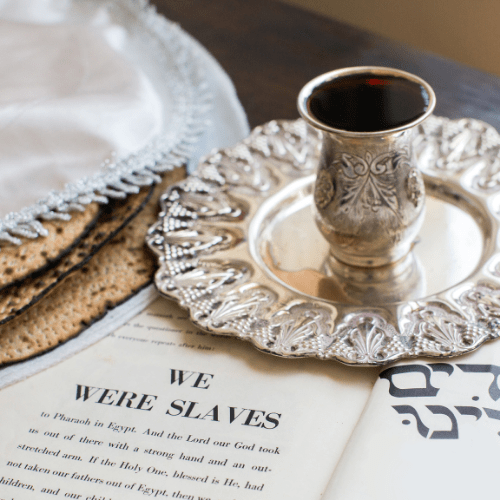
Some religions consider the Festival of Pesach and the Festival of Matzot as the same festival called by a different name, but the Festival of Matzot is actually in reference to the entire 7-day festival period and the Pesach festival is a portion of the first day, a set-apart day, of the 7-day Festival of Matzot.
The Pesach relates to the process of passing over the animal or the doorpost, and Matzot commemorates the Hebrews leaving Mitsrayim with nothing but unleavened bread. The two festivals overlap and are intertwined.
Whenever the Scriptures speak of the Pesach, it typically refers to it as “this day”, and speaks of it as one particular day. The earliest possible date that Pesach can occur is March 21st and the latest date is April 20th.
To see more information about this topic or other religious topics, you may check the books and magazines available at www.wisdomebooksclub.com or visit our peals of wisdom page page by clicking on this link to access more interesting blog articles, games, quizzes, music videos, religious poems, Jewish recipes, popular sermons, and more.
